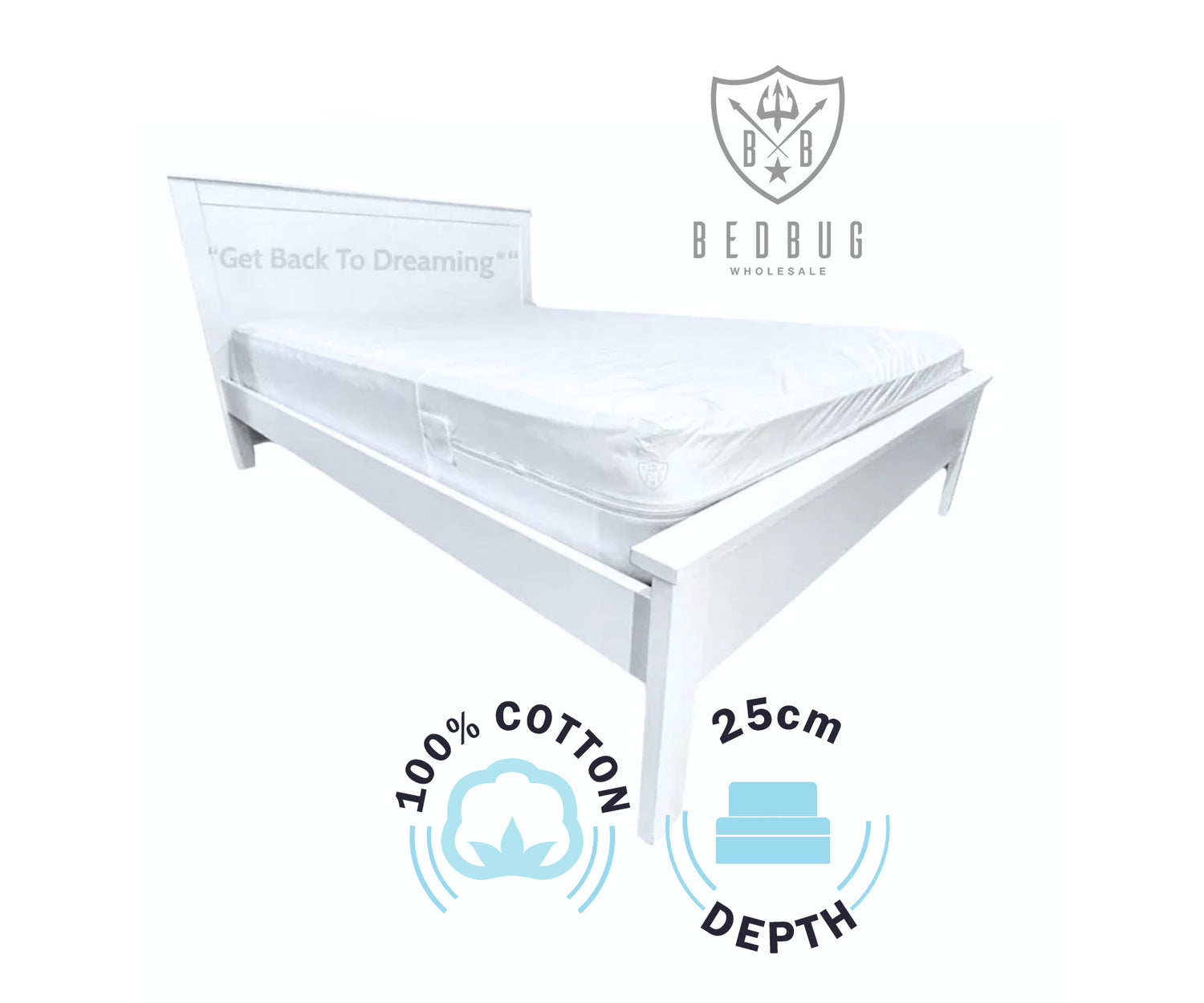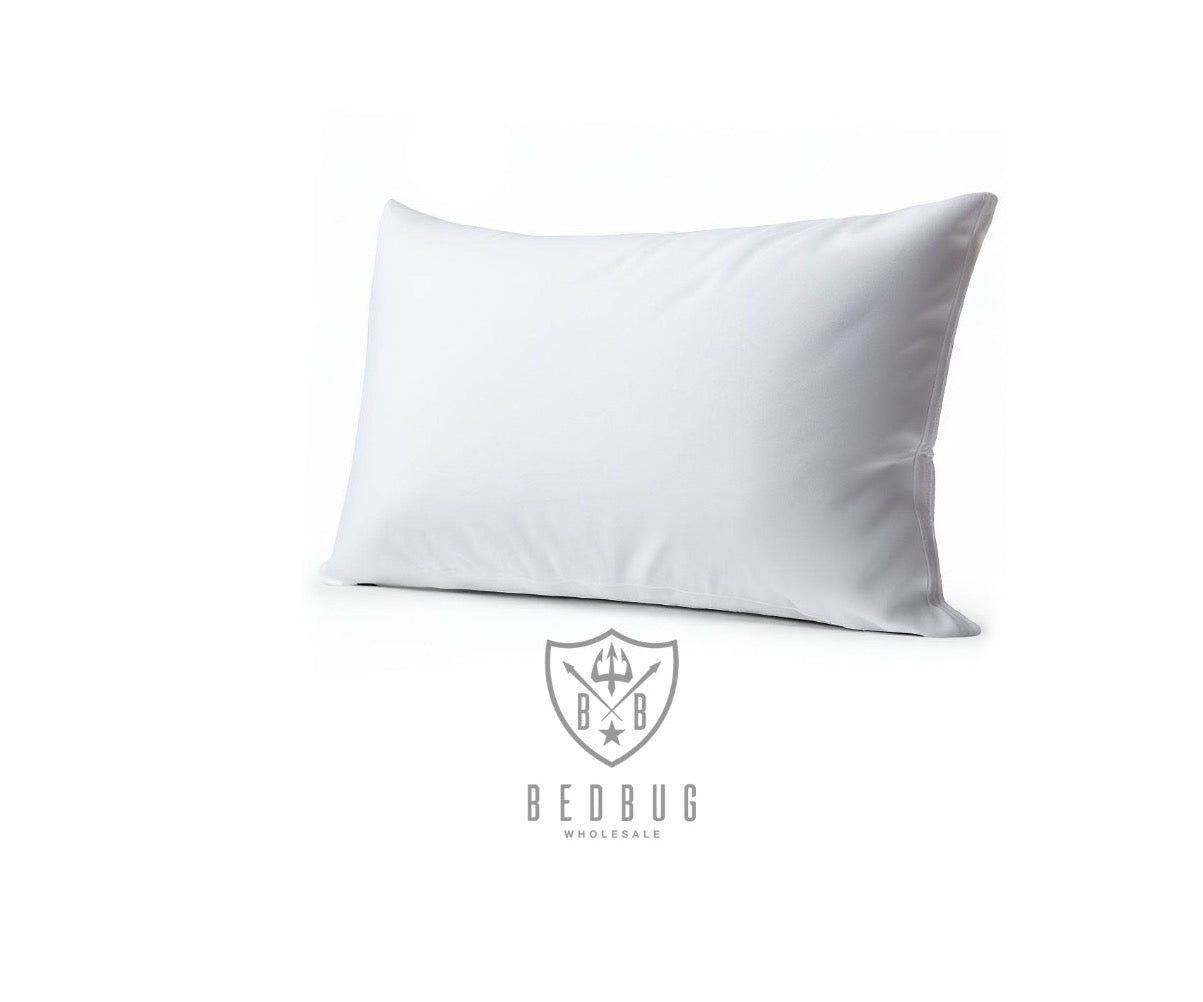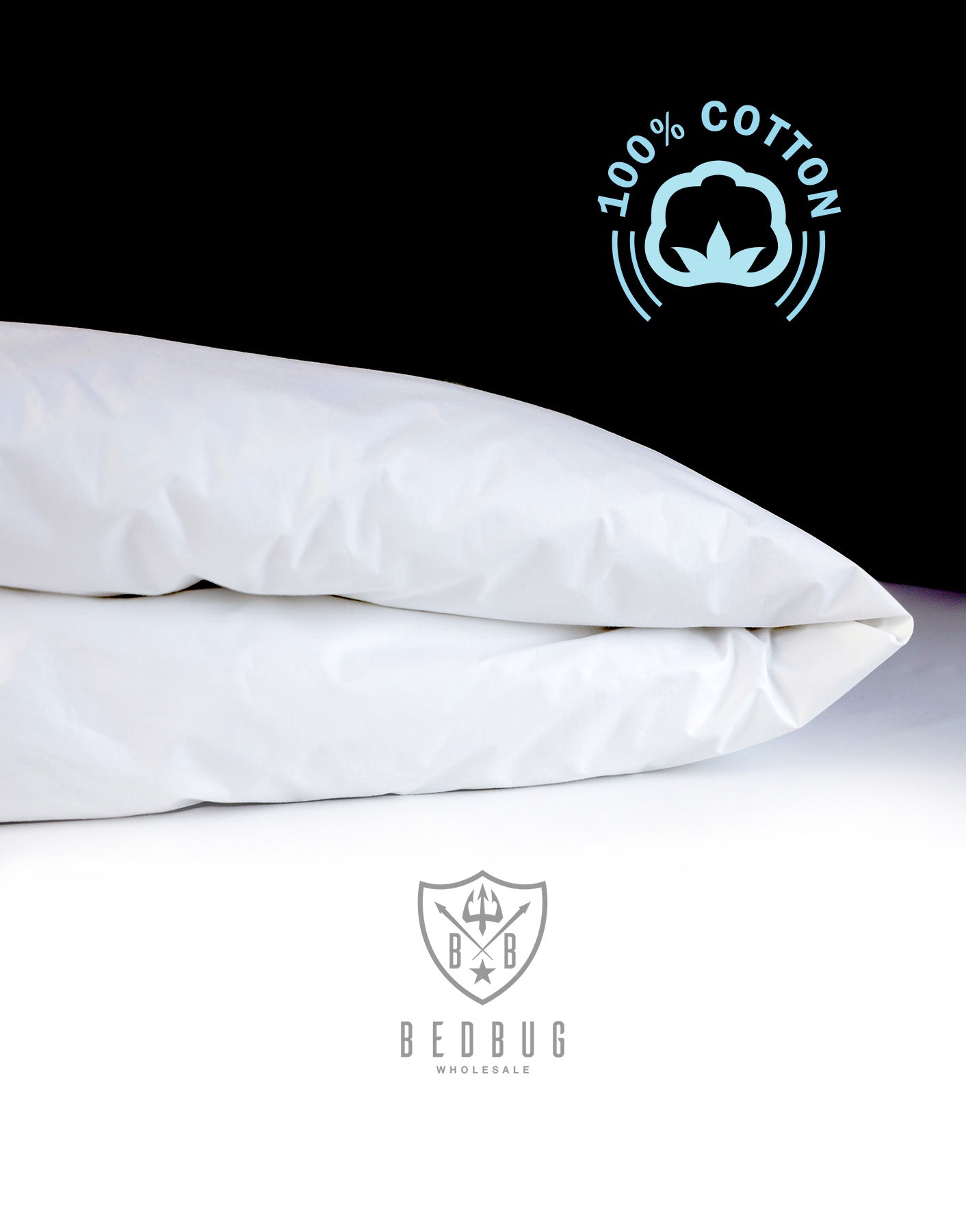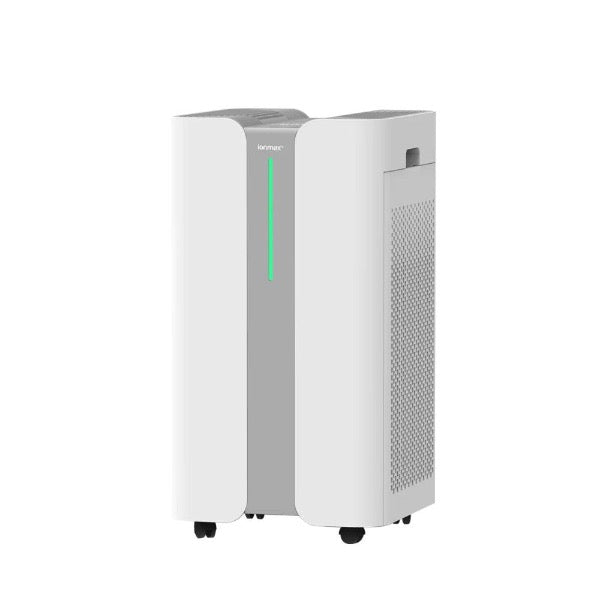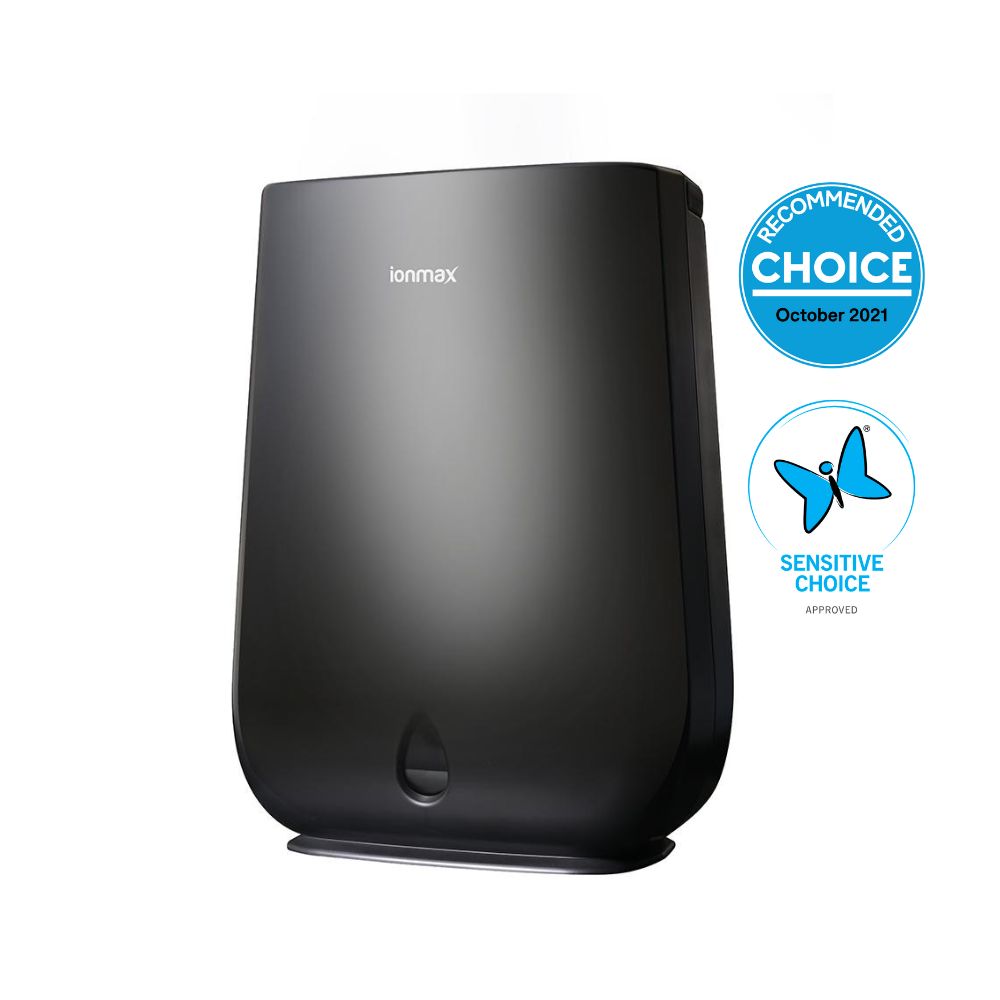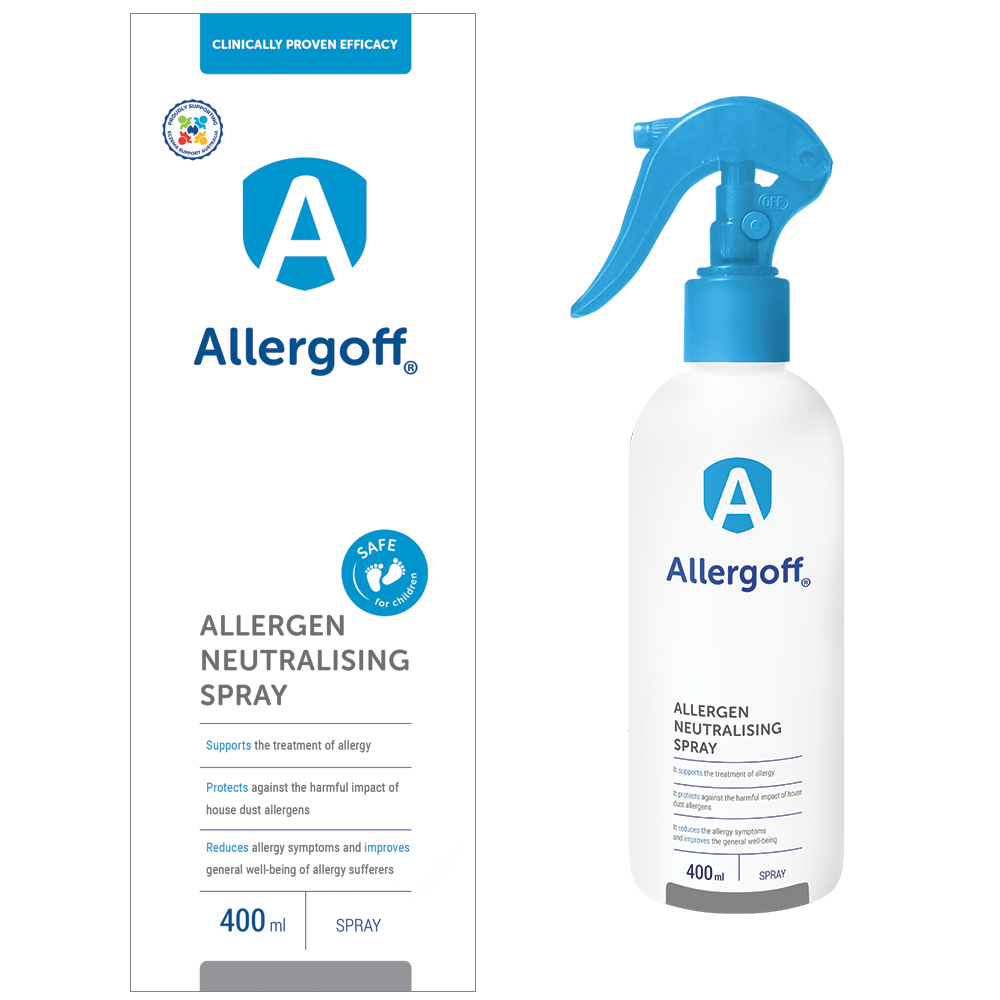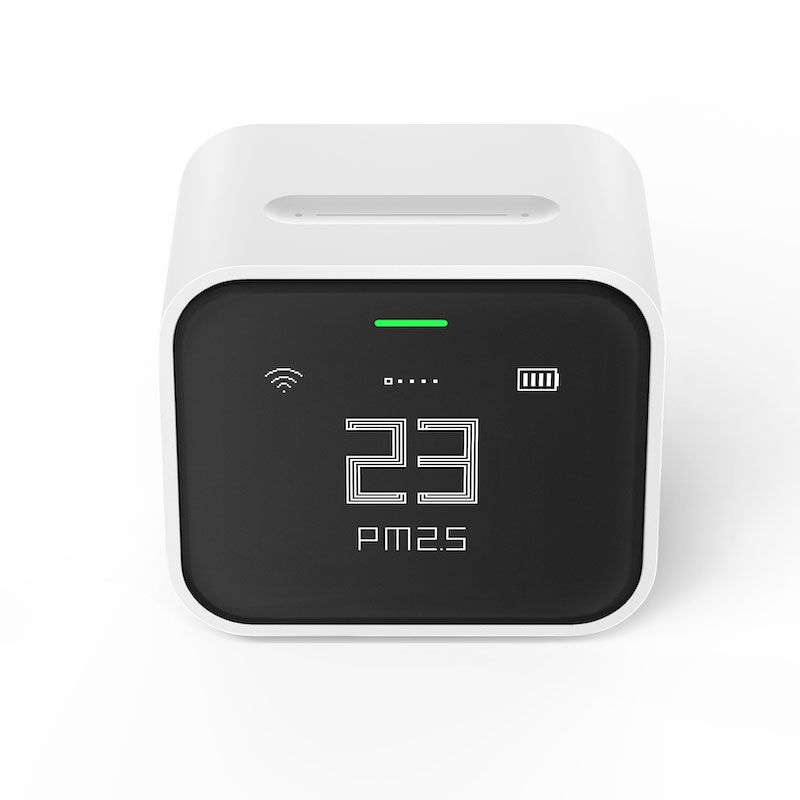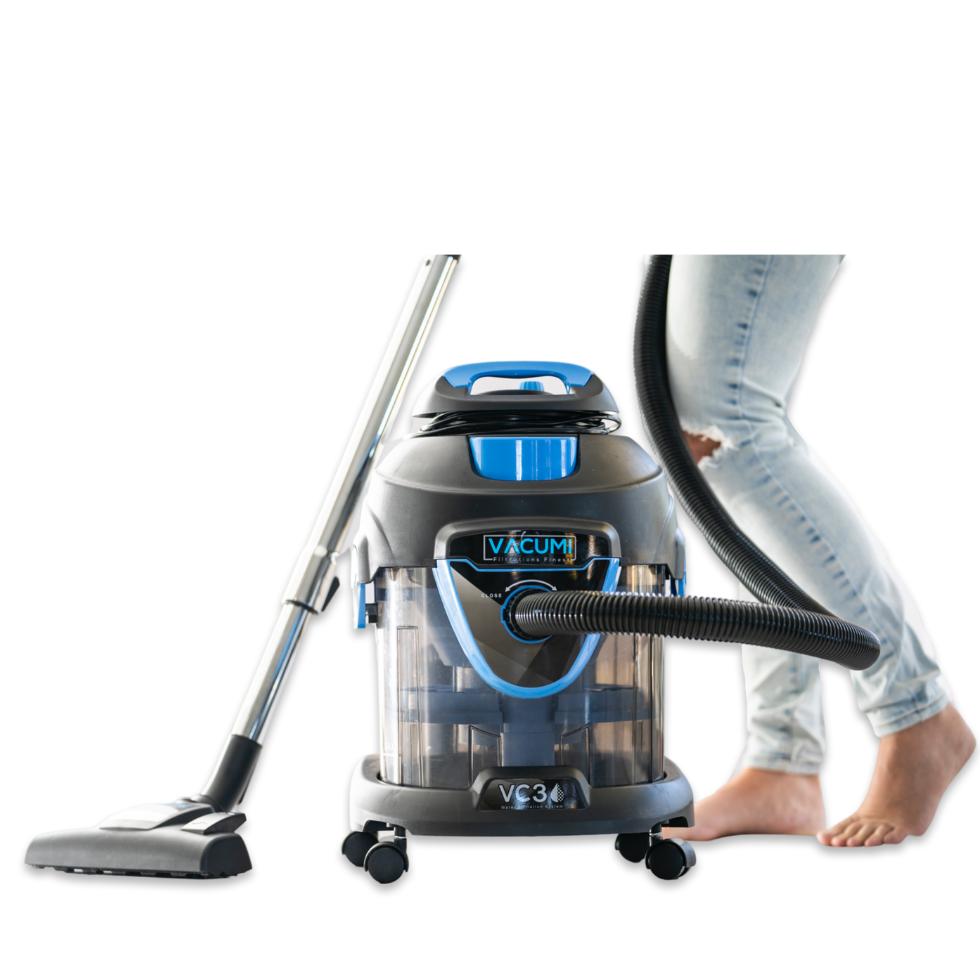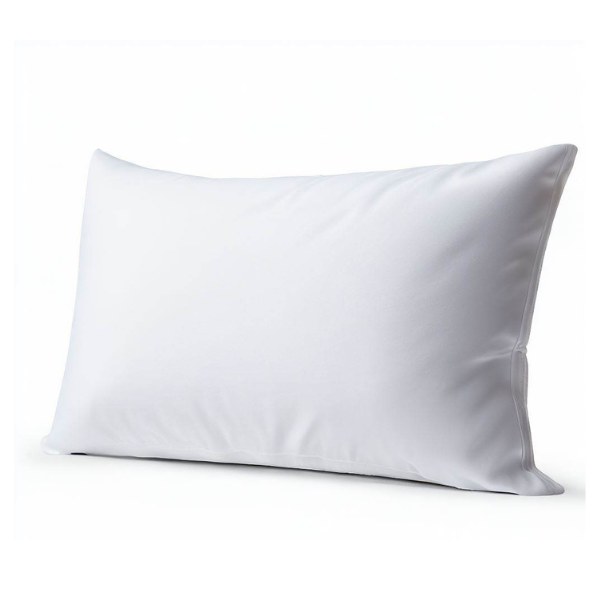What are dust mite protectors?
Dust mite protectors are encasements or covers for mattresses, pillows, and duvets designed to create a barrier for dust mites and their allergens.Washing and maintenance of dust mite protectors
How often should dust mite protectors be washed?
Typically every 1-3 months, it is best to check and follow the manufacturer instructions.
Can dust mite protectors be machine washed?
Yes, most dust mite protectors can be machine washed in hot water to kill dust mites.
Should I use a specific detergent for dust mite protectors?
Use a mild detergent to avoid damaging the protector and keeping it friendly for sensitive skin.
Can I dry dust mite protectors in a dryer?
Yes, using a low heat setting or air drying is recommended, but check the manufacturer's instructions.
Dust mite wash
For added protection of your bedding and sheets, consider using a dust mite wash or laundry additive that is a specialised laundry detergent formulated to eliminate dust mites and their allergens from bedding, such as sheets, pillowcases, and dust mite protectors.
These dust mite washes or laundry detergents typically contain ingredients that help break down the proteins in dust mite waste, which are a common allergen.
Key features of dust mite wash may include:
- Allergen Neutralisation: Designed to target and neutralise dust mite allergens effectively.
- Gentle Formula: Often hypoallergenic and free from harsh chemicals, making it suitable for sensitive skin.
- High-Temperature Efficacy: Many formulations work best when used in hot water, which helps kill dust mites.
- Enhanced Cleaning Power: Some dust mite washes may have additional cleaning agents that help remove other allergens like pet dander and pollen.
Using a dust mite wash in conjunction with regular washing can help maintain a cleaner, more allergen-free sleeping environment.
Care instructions for dust mite protectors
Is it necessary to wash new dust mite protectors before their first use?
Yes, it is recommended to wash new dust mite protectors to remove any manufacturing residues and ensure they are clean and hypoallergenic from the start.
Can dust mite protectors be washed together with other bedding, such as sheets and pillowcases?
Yes, as long as the washing instructions for all items are compatible.
Are there any special washing instructions for dust mite protectors with waterproof or allergy-blocking layers?
Follow the care instructions provided, especially for gentle washing cycles and avoiding high heat.
Durability and effectiveness of dust mite protectors
How do I check if my dust mite protector needs replacement?
Look for signs of wear, like tears or diminished allergy protection, which indicate it's time for a new one.
How long do dust mite protectors last?
Typically between 1 to 3 years, depending on quality and maintenance.
Can I iron dust mite protectors?
It's generally not recommended as high heat can damage the protective barrier.
Do dust mite protectors need special storage?
No, but store in a cool, dry place if you rotate seasonal bedding.
How can I ensure my dust mite protector stays effective?
Follow the care instructions closely, avoid harsh chemicals, and replace protectors as recommended.
Can dust mite protectors double as a barrier against bed bugs?
Yes, many also effectively guard against bed bugs, providing dual protection.
Do certain colors of mattress protectors deter dust mites more effectively than others?
No, effectiveness is determined by material and weave, not color.
Can the material of a dust mite protector affect my sleep temperature or cause sweating?
Yes, materials like polyester may retain heat, whereas natural fibers like cotton are more breathable.
Do dust mite protectors emit any chemicals or odors that could affect sensitive individuals?
Some may release VOCs or have an initial odor, but eco-friendly or hypoallergenic certified protectors are less likely to impact sensitive individuals.
Tips to extend the life of dust mite protectors
How can protective covers be stored properly when not in use to extend their lifespan?
Ensure they are clean and completely dry before storing in a breathable bag or container in a cool, dry place to prevent mould and mildew buildup.
Is there a recommended method for spot cleaning dust mite protectors without washing the entire cover?
For spot cleaning, gently dab the area with a solution of mild detergent and water, then air dry. Avoid rubbing harshly to prevent damage to the protective layer.
Are there any guidelines for the maximum number of wash cycles dust mite protectors can endure before they start losing effectiveness?
While it varies by product, regularly checking for signs of wear after each wash can help gauge when effectiveness is diminishing. Some high-quality protectors can withstand numerous washes, but it’s wise to consult the manufacturer's guidelines for specific durability claims.
*These are general guidelines only, always check and follow manufacturers recommendations.


